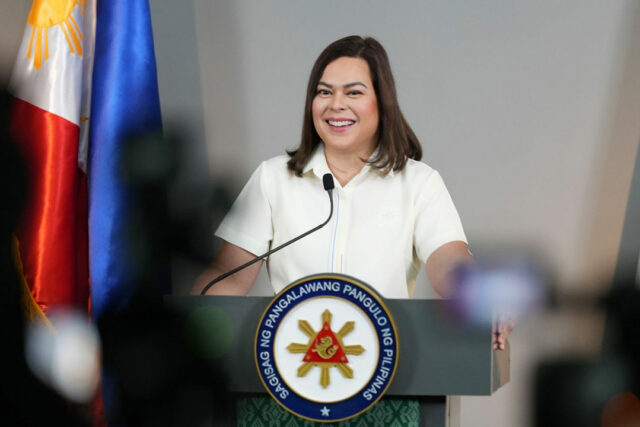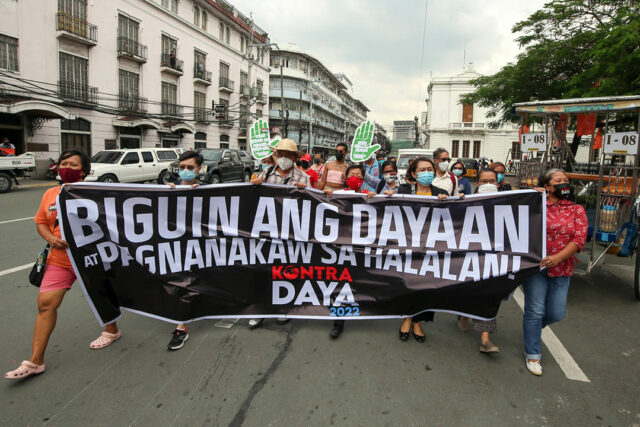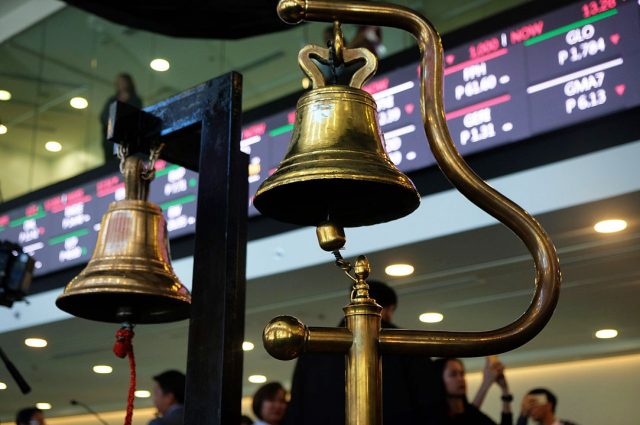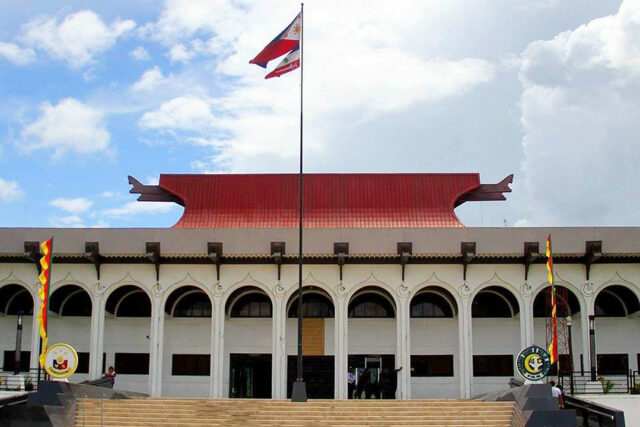Philippine military eyes upgrades including two ‘dream’ submarines
By Kenneth Christiane L. Basilio and Adrian H. Halili, Reporters
THE PHILIPPINES is looking to buy more military hardware to modernize its arsenal, including additional BrahMos missiles from India and at least two submarines, the chief of the armed forces said on Wednesday.
The Philippines is on the third phase of its modernization program called “Horizons.” It has earmarked $35 billion for the buildup over the next decade as it aims to counter China’s military might in the region.
“It’s a dream for us to get at least two submarines,” Armed Forces Chief of Staff General Romeo S. Brawner, Jr. said in a speech to key businessmen in Manila.
“We are an archipelago, so we have to have this type of capability because it’s really difficult to defend that entire archipelago without submarines,” he added.
In 2022, the Philippines bought $375 million worth of BrahMos anti-ship missile systems from India, and has orders for more. “We are getting more of this (system) this year and in the coming years,” Mr. Brawner said.
The Philippines earlier said it is eyeing mid-range missiles and at least 40 fighter jets to boost its defense capabilities.
It expects deliveries this year of at least two corvette vessels from South Korea, which last year elevated its ties with Manila to a strategic partnership.
Mr. Brawner said Manila is trying to get South Korea to join the Squad, a multilateral grouping composed of Australia, Japan, the Philippines and the US.
“This year, we’re going to get two corvettes from South Korea, [and] also the BRP Miguel Malvar that will be sailing this March to the Philippines,” he said. “We are getting one more this year. We are also getting two more landing docks and six offshore patrol vessels.”
The Philippines’ military buildup comes as tensions between Manila and Beijing have escalated in the South China Sea, where the two have clashed in recent years.
Mr. Brawner said the military has observed an increase in “illegal, coercive and deceptive” actions by China in the South China Sea. “We have seen also an increase in the number of vessels in the West Philippine Sea on a daily basis,” he added, referring to areas of the South China within its exclusive economic zone.
From 190 vessels in 2021, the Philippines is now seeing a daily average of 286 Chinese ships around Manila’s maritime zone, he said.
The Chinese Embassy in Manila did not immediately respond to a request for comment. Chinese authorities have said their actions in the region were lawful.
Mr. Brawner said a “joint maritime activity” with the US and Canada in Manila’s maritime zone in the South China Sea was under way. He said Manila is also eyeing joint activities with France, Italy and the UK. These activities are meant to ensure an effective presence in the South China Sea, he added.
“We are looking forward to having more of this with other countries such as Italy, the United Kingdom and France,” he told reporters on the sidelines of a security forum. “Before, we didn’t have joint sails with these countries but gradually, other nations such as those from Europe have developed an interest in our country.”
The Philippines started holding joint maritime exercises with foreign navies last year to promote an open Indo-Pacific region amid China’s increasing assertiveness in the South China Sea.
Mr. Brawner said the Philippines on Wednesday started joint sea drills with the US and Canada west of Mindoro province.
“Last week, we conducted our multilateral maritime cooperative activity or joint sails with the US and Japan. Today, we’re doing it with the US and Canada,” he added.
Meanwhile, Washington and Manila have committed to enhance cooperation in military modernization initiatives and defense capabilities, according to US Joint Chiefs of Staff Chairman Charles Q. Brown, Jr.
In a statement, the Joint Chiefs of Staff said Mr. Brown and Mr. Brawner talked on the phone to discuss ways to boost Philippine defense capabilities. They also discussed military sited under their Enhanced Defense Cooperation Agreement (EDCA) and increasing the scope and capacity of joint military exercises in the Philippines.
“The US continues to closely partner with the Philippines and remains committed to maintaining a strong alliance founded upon shared strategic interests and democratic values,” the agency said.
Mr. Brown is the highest-ranking and most senior military officer in the US Armed Forces and is the key military adviser of the President, National Security Council, Homeland Security Council and Defense secretary.
Also on Wednesday, Senator Francis N. Tolentino urged the President to form a separate maritime command focused on the South China Sea to improve the response capabilities of the Philippine Navy and Philippine Coast Guard.
“It is about time, for purposes of implementing the Philippine Maritime Zones law, that we create our own new command which is the West Philippine Sea Command for maritime security,” he told a news briefing. — with Reuters











